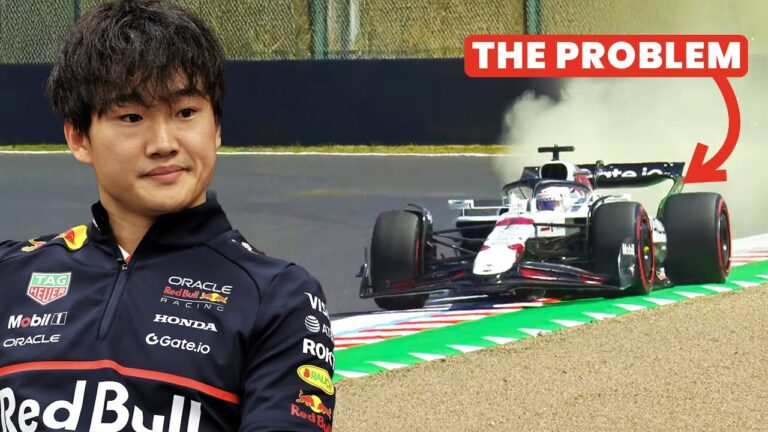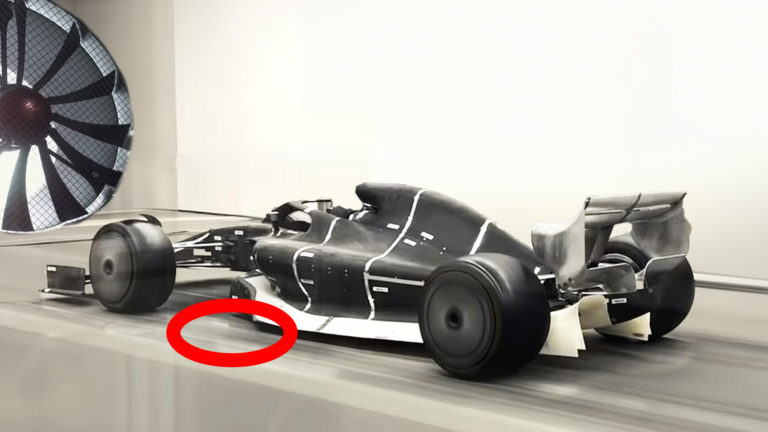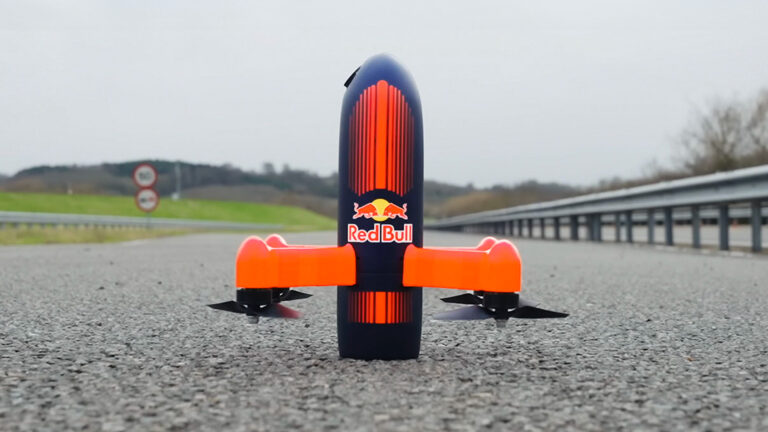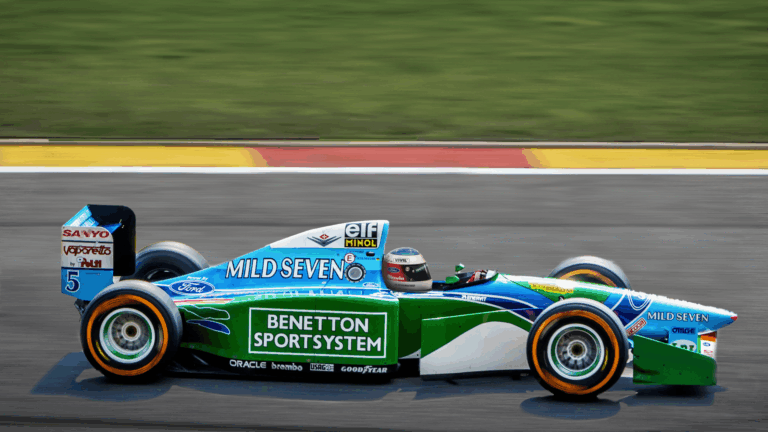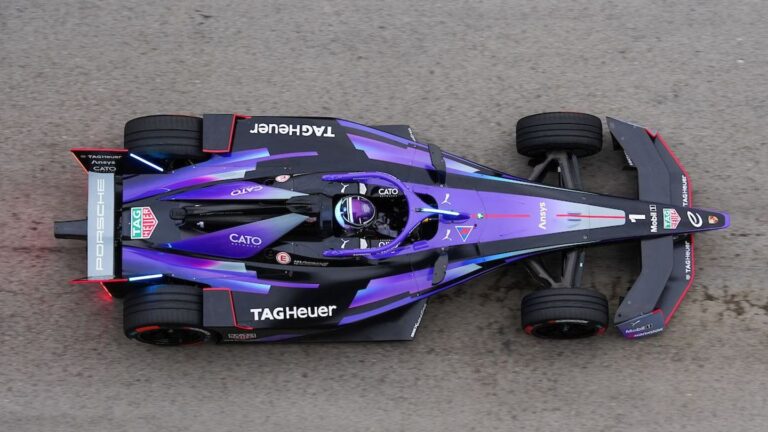McLaren’s transformation from midfield runners to championship contenders wasn’t an overnight miracle – it represents years of strategic investment finally bearing fruit. After not winning a constructor’s championship since 1998 and their last driver’s title coming in 2008 with Lewis Hamilton, the Woking team has emerged as Red Bull’s primary threat in 2024 through methodical upgrades and smart personnel decisions.
The foundation of McLaren’s success lies in Zack Brown’s strategic hiring approach. Rather than panicking with external appointments, Brown promoted from within whilst making key additions like Rob Marshall from Red Bull as chief designer. Andrea Stella’s promotion to team principal after Andreas Seidl’s departure, alongside elevating Peter Prodromou and Neil Oatley to technical director roles, created stability whilst bringing fresh expertise to aerodynamics and engineering departments.
The driver pairing of Lando Norris and Oscar Piastri has proven formidable. Norris’s 2024 statistics represent his best F1 season: three fastest laps, four poles, ten podiums and two wins. Crucially, both victories came at races where McLaren introduced major upgrade packages – Miami and Zandvoort – demonstrating their newfound correlation between wind tunnel development and track performance.
McLaren’s upgrade philosophy centres on comprehensive packages that work immediately rather than incremental changes. Their Miami update package covered ten different areas, from aerodynamic components to suspension, all focused on increasing downforce efficiently. The results speak volumes: pre-Miami, McLaren averaged 19.2 points per race, rising to 31.1 points after the upgrade implementation.
Meanwhile, Red Bull faces mounting challenges despite Max Verstappen’s individual brilliance. Their car has become increasingly peaky and sensitive to changing conditions, with correlation issues between their aged wind tunnel facility and track performance. Built seventy years ago as a military facility, their current tunnel is what Helmut Marko calls “a Cold War relic” that suffers particularly in England’s cold weather conditions.
The aerodynamic testing regulations (ATR) have significantly handicapped Red Bull’s development. As championship leaders, they receive just 70% of baseline wind tunnel allocations – 224 runs compared to McLaren’s 320. This 48-run deficit per six-month period severely limits their ability to develop solutions to their current handling issues, particularly the suspension stiffness problems that manifest on bumpy circuits.
With eight race weekends remaining, McLaren appears best positioned for the constructor’s championship with two consistently strong drivers. However, the driver’s title remains complex – Norris and Piastri are separated by just 44 points, and their recent Monza incident suggests internal tensions may emerge. If McLaren fully backs Norris whilst he maintains his current aggressive approach, he could challenge Verstappen’s substantial points lead in what’s shaping up as one of modern F1’s most compelling championship battles.





